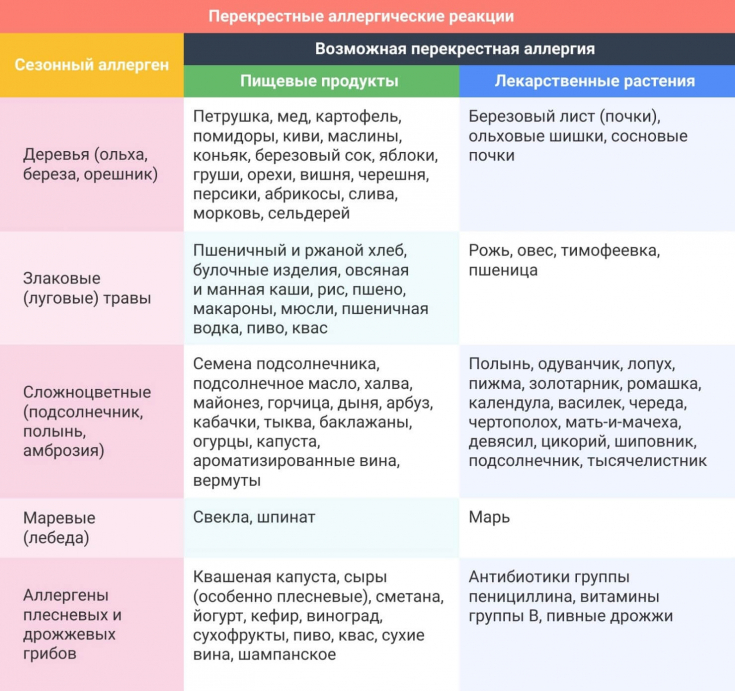It is generally accepted that in the pathogenesis of atopic dermatitis (AD) the leading role is played by allergic reactions I of the Gell classification , Coombs. And the very term "atopic" emphasizes this meaning because the etymology of this word is associated with heightened synthesis IgE. household and pollen allergens.
Find out in the article on estet-portal.com the results of the study regarding the relationship between the clinic, exacerbation of atopic dermatitis and common allergens.
- The importance of household triggers in the course of atopic dermatitis
- Household allergens and their role in the course of atopic dermatitis
- Herbs that can affect the exacerbation of atopic dermatitisita
The importance of household triggers in the course of atopic dermatitis
The importance of household triggers in the pathogenesis of AD has been convincingly proven by a double-blind multicenter study in which 30 children under the age of 14 took part.
Follow us on Instagram!
34% of children are sensitized to D.Pteronyssinus and 12% − to the cat hair antigen. It has also been shown that with age, this sensitization increases and is already 41 and 17% in adults, respectively.
Why does the skin itch: features of the diagnosis and treatment of itching
The influence of pollen triggers on the course of atopic dermatitis was noted by the classic of dermatology G. Rajka, who described the phenomenon of "summer exacerbations", and today it has been proven that in Europe every third patient with AD has sensitization to tree pollen or herbs.
Congenital and acquired diseases of the skin, sebaceous and sweat glands in childhood
Another study indicates the presence of pollen sensitization in 75% of patients with seasonal exacerbationsof AD and in 16% of patients without seasonality during the course of the disease.
Household allergens and their role in the course of atopic dermatitis
Household and pollen allergens − purely "national". By definition and classification of pollen allergens there is a separate branch of science − aeropallinology (from the Greek palyno - I sprinkle, sprinkle, and logos - science), studying the nature, timing and massiveness of pollination of plants in different areas at a certain time.

When determining the importance of household allergens in the development of the disease , the presence of sensitization was proved in 51% of patients, among whom monovalent sensitization occurred in 11% of children, in 10% − sensitization to 2-3 allergens and in 30% of patients hypersensitivity to 4 or more allergens was found.
The data obtained also indicate that in children with atopic dermatitis, most often sensitization occurs to the antigens of Dermatophagoides Farinae and Dermatophagoides Pteronyssinus − it occurs in 50% of patients.
Also, hyperergic reactions − in 26.3% of cases. Next by the degree of allergenicity are :
Herbs that may affect the exacerbation of atopic dermatitis
The obtained data of the study indicate the prevalence of sensitization to meadow grasses, the second ranking place belongs to weeds, followed by the degree of allergenicity trees and cereal grasses:
- Among meadow grasses according to the degree of immunogenicity decrease, plants are arranged as follows: dandelion, bluegrass meadow, ryegrass, bonfire;
- among the weeds − plantain, ragweed, quinoa, wormwood;
- among the trees − maple, poplar, alder, willow, hazel, birch, oak;
- among cereals − timothy, foxtail, corn, rye, fescue, wheatgrass.
Why is xerosis of the skin common among young children?
Compared to other countries, it should be noted that the prevalence of sensitization to meadow grasses is more typical for post-Soviet countries, in the United States, increased sensitivity to weed pollen is more common, and in Spain, Italy, France, Finland, Japan, the Baltic States − to tree pollen.

OUTPUTS:
- Home sensitization has been proven in 51% of children, pollen − in 44% of children with atopic dermatitis;
- Among household triggers, Dermatophagoides Farinae and Dermatophagoides Pteronyssinus antigens most often cause sensitization (50% of patients), and hyperergic reactions to these antigens often develop (26.3% of cases).
- Among pollen sensitization, sensitivity to meadow grasses prevails, the second place belongs to weeds, followed by trees and grasses in terms of allergenicity.
The latest information on our YouTube channel:







Add a comment